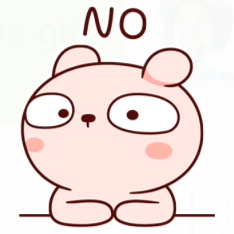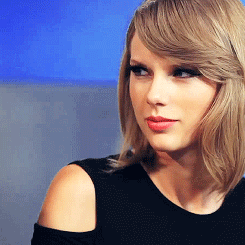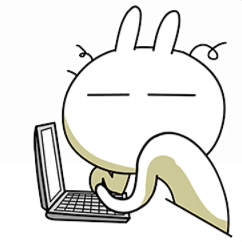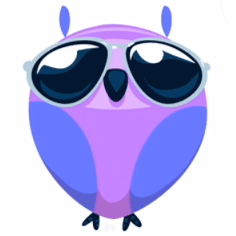Something I've discovered while living in China is the usefulness of pictographic language. I occasionally see people online bemoaning the increased popularity of emoticons, stickers, and gifs as the small images slowly overtake the various messaging apps at our disposal.

Typically, I would too, but I've started to understand some of the benefits that these symbols can provide. I'd like to share some of those insights.
With the proliferation of the internet, email, and cell phones, text based communication has become defacto. As important as face to face contact is, as beneficial as audio and video chat may be, the golden standard is text.
Email and text messages is too darn convenient. It's an asynchronous medium. Each party can read and respond at their leisure. It allows contact without interrupting the person on the other end. It doesn't need to be scheduled ahead of time. It allows responses to be carefully crafted when necessary or put on hold until an opportune moment.
The biggest drawback to text communication is that it lacks both verbal and non-verbal clues. How do you express sarcasm? 😜 Anger? 😡 Sorrow? 😪 Embarrassment? 😳
Emoticons add non-verbals into text-based communication.
Stickers (and gifs) take this a step further. An appropriate use of gifs provides a conduit for emotional expression that would be awkward in written form.
Right now, maybe you're reading this, thinking:

Or, perhaps you're still a little skeptical.

If a picture is worth a thousand words, maybe an emoticon is worth a hundred.
In many ways emoticons are a natural extension of language. Personally I think this is especially true for Chinese. Chinese words are made up of characters, some of which have meaning on their own. A good example is the word 'busy.' Chinese: 忙 (máng). The character 忙 is actually a logogram of two different characters, 忄(xin) meaning 'heart' and 亡 (wáng) meaning 'death.' To be busy, that is: when you do not have time for relaxation and liesure, your heart (figuratively) dies. (In English we might refer to this as being 'burn out,' an apt, though much less emotional description.)
Chinese is a vivid language. It's colorful, descriptive, and flavored with interesting connections that are absent in germanic languages. The Chinese people also seem to be more expressive.

Expressing thanks via emoji and stickers is sometimes expressed through sending hearts. From a western perspective, hearts equal love, so it took me a while to get used to the occasional student or coworker send me animated characters throwing hearts or blowing kisses.
Of course, not all emoji are created equal. There are a lot of 'decorative emoji.' Emoticons which have less to do with emotion and more to do with simply being picturesque. I consider these to be less useful in normal communication.
On the flip side, some stickers as are so perfect at expressing the desired idea, they can completely replace words. I find stickers (especially some of the animated ones) to be extremely useful for expressing the more complex emotions, such as disdain, frustration, awe, or celebration.



Similarly, emojis and stickers allow us to put personality into our messages. They give us opportunity to define personal style. Not only the do you control the emotion being sent, but you control the character sending that emotion. Are you a cute colorful owl or sassy black lady?
Emoticons can ever replace the written word, but they are a natural evolution of language that can provide helpful context in ambiguous situations. Like 'em or not, emoticons and stickers are here to stay. Even if you don't find the need to use them, know that they provide a useful non-verbal vocabulary to our screen based communication.
